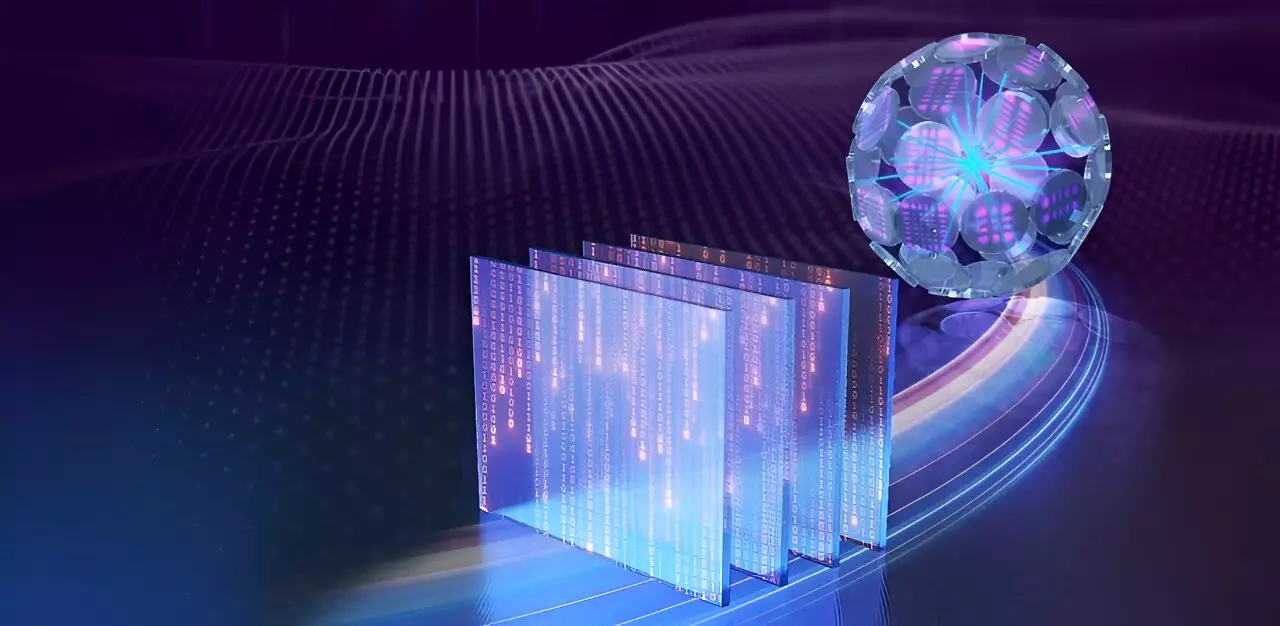Light technology is fundamental to numerous modern innovations, creating pathways for high-speed data transmission and innovative medical diagnostics. However, the efficiency of light transmission can be significantly impaired in challenging environments, such as through turbulent atmospheres or non-uniform optical systems. These distortions can lead to significant losses in signal integrity, necessitating robust approaches to enhance light propagation qualities. Recent breakthroughs in the understanding of light behavior in complex media offer promising solutions, particularly a novel concept termed coherence entropy.
Coherence refers to the statistical nature of light, usually describing the correlation between different light waves’ phases at various points in time and space. The challenges posed by fluctuating media complicate this coherence, traditionally making it difficult to evaluate and utilize efficiently. However, researchers from Soochow University have made strides in employing coherence entropy, a statistical measure that provides a comprehensive view of light’s coherence under adverse conditions. By focusing on this concept, they have opened the door to potent applications, potentially revolutionizing fields reliant on precise light usage.
Methodological Innovations in Light Propagation
The innovative approach utilized by the Soochow University research team centers on orthogonal modal decomposition applied to partially coherent beams. This method allows for a clear assessment of coherence entropy throughout varying optical environments, effectively enabling researchers to monitor how light behaves as it traverses through complexity. Their findings reveal a remarkable stability in coherence entropy, which remains consistent even as light passes through challenging and often deformed optical mediums. This remarkable resilience underscores a pivotal shift in the understanding of how light interacts with fluctuating environments, emphasizing the potential of coherence entropy as a reliable indicator of light field dynamics.
The practical ramifications of this research are extensive, extending across multiple sectors. In optical communications, for instance, systems must frequently operate through atmospheric disturbances. The research affirms that coherence entropy can be instrumental in improving the reliability of such systems, thereby reducing data loss and enhancing overall communication efficiency. Additionally, in the realm of medical imaging and diagnostics, where clarity in imaging can significantly impact healthcare outcomes, the adaptations based on coherence entropy could lead to better imaging techniques that overcome distortions arising from various biological tissues.
Dr. Chengliang Zhao, the leading researcher, emphasized the transformative nature of this work: “The introduction of coherence entropy offers unprecedented capabilities to predict and manage light propagation under adverse conditions.” By facilitating a deeper comprehension of light behavior, this research lays the groundwork for enhanced customization of light fields, providing a template for optimizing systems in real-world applications.
As the study of coherence entropy continues to evolve, the prospect of integrating this metric into broader applications raises intriguing possibilities. Future research could delve into refining methodologies for measuring coherence entropy in even more complex environments, allowing for the development of technologies that are not only more resilient but also more precise. Furthermore, interdisciplinary collaborations could flourish as scientists and engineers work together to capitalize on this newfound understanding, potentially leading to innovations we have yet to imagine.
The advancements made by the Soochow University team represent a pivotal moment in optical science. By introducing coherence entropy as a powerful tool for understanding light fields in challenging conditions, they have set the stage for future breakthroughs in technology across multiple domains. With the ability to manage and predict light behavior more effectively, the horizon of optical applications is broadening, promising enhanced performance and broader accessibility. This approach not only emphasizes the importance of light technology in modern applications but also inspires ongoing exploration in the quest for even greater scientific and practical achievements.


Leave a Reply